Duke Gardens Plum Yew
$44.50 Original price was: $44.50.$31.15Current price is: $31.15.
- Free Shipping over $25
- Fast & reliable delivery options
- Enjoy top quality items for less
- Multiple safe payment methods

Shade tolerant evergreens are vital in almost every garden. Once you have trees or large shrubs, you have shade, no matter what type of garden you have. To add interest and green to those shady spots, nothing beats evergreens for year-round attractive green, and low-maintenance. In cooler climates the ‘go-to’ plant is often Yew (Taxus), which have handsome dark needle-like leaves, grow well in darker spots, and which can be clipped or trimmed for neatness.
Sadly, in zones 8 and 9, Yew struggles to cope with the heat and humidity, but there is a very similar plant which gives us the same attractive foliage and shade tolerance. This is a Chinese plant called Plum Yew. Even in zones 6 and 7, where Yew will grow well, the Plum Yew will grow right alongside them, bringing variety and interest to these areas. The Duke Gardens Plum Yew is a selected form of this bush, which stays smaller and more compact, growing just 4 feet tall.
Growing Duke Gardens Plum Yew Trees
The Duke Gardens Plum Yew is a slower-growing evergreen (adding just 4 to 6 inches a year), with soft dark-green leaves that are about 1½ inches long, and ¼ of an inch wide. They have parallel sides, ending suddenly in a rounded tip, and they are slightly glossy and a rich deep green. In Spring the new shoots and leaves are a brighter yellow-green, making an attractive contrast with the older, darker leaves. The leaves are arranged in two rows along the sides of the shoots, and form a broad ‘V’-shape, suggesting the open wings of a bird. The stems remain green for three years, and turn brown in the fourth year, while the needles remain green and attached for 4 or 5 years, before yellowing in spring and falling from the plant. Older stems are dark-brown to gray, with a bark that becomes increasingly rough and textured as the stems age.
Plants of the Duke Gardens Plum Yew have many stems arising from the base, and form a dense, bushy vase-shaped plant, which in 8 to 10 years will reach between 3 to 4 feet tall and up to 6 feet wide. Plants continue to grow slowly throughout their life and if unclipped, older plants will grow several feet larger and wider over the years. You can leave this plant unclipped to develop a mature natural form, or it can be clipped into a low hedge, or a broad dome.
Planting and Initial Care
Plant the Duke Gardens Plum Yew in any shaded area of your garden. It will grow in partial shade, and even in full shade, making it a very valuable addition to your planting, and one that can deal with areas other plants cannot tolerate. In cooler zones it will tolerate full sun, but in warmer areas it should at least have shade in the afternoon. It will grow in sheltered gardens in zone 5, although in severe winters it may suffer some browning and die-back.
Spraying with anti-desiccant will help it resist winter browning in zone 5. In zone 6 and warmer it will grow well, and easily tolerates the heat and humidity of warmer zones. It grows best in moist, sandy, well-drained soil, but it does well in most garden soils. Once established it will tolerate normal summer drought periods, but water deeply if dry periods become extended. It rarely suffers from any pests or diseases, deer generally leave it alone, and this is a very easy, super-low-maintenance plant.
Uses on Your Property
Use a single plant of the Duke Gardens Plum Yew as an accent among leafy ground cover plants or plant a group behind smaller plants. Space the plants 3 to 5 feet apart to fill larger areas. Plant a row at 3-foot spacing to create an edging or low barrier. The stable, evergreen effect of plum yew brings a tranquil beauty to your garden. It can be clipped as required, or simply left to grow naturally.
History and Origins of the Duke Gardens Plum Yew
The plum yew is sometimes called Korean or Japanese plum-yew, and also called the cowtail pine. It grows wild in the forests of Japan, beneath larger trees, and can in time become a small tree over 20 feet tall. It was brought to Europe in 1829 and first named, in 1839, as a type of yew. Later It was re-named as Cephalotaxus harringtonii, or C. harringtonia. The English Earl of Harrington was an early proponent of using this plant in gardens, and so it is named after him. There are several other closely-related species, of a very similar appearance, growing in Korea and China. This plant is called ‘plum yew’ because the fruit looks like a miniature plum, about one inch long, and green, turning brown in fall. It is only carried on female plants, which need a male plant to pollinate them.
The variety of plum yew called ‘Duke Gardens’ was found in 1958 by Richard Fillmore, the Head Horticulturist at the Sarah P. Duke Gardens, part of Duke University, in Durham, North Carolina. It is a smaller and more compact plant than the wild form of the plum yew, and so much more useful in most gardens. It is a male plant, and it does not produce any fruit.
The Duke Gardens Plum Yew is an extremely useful and desirable evergreen, for both warm and hot regions, but it is rarely offered, so we know our top-quality stock will soon be gone. Order now while we can still fulfill your order, so you can enjoy one of the best shade-loving evergreens available.
Be the first to review “Duke Gardens Plum Yew” Cancel reply
Related products
Evergreen Trees
Evergreen Trees
Evergreen Trees
Evergreen Trees
Evergreen Trees
Cypress Trees
Evergreen Trees
Cypress Trees

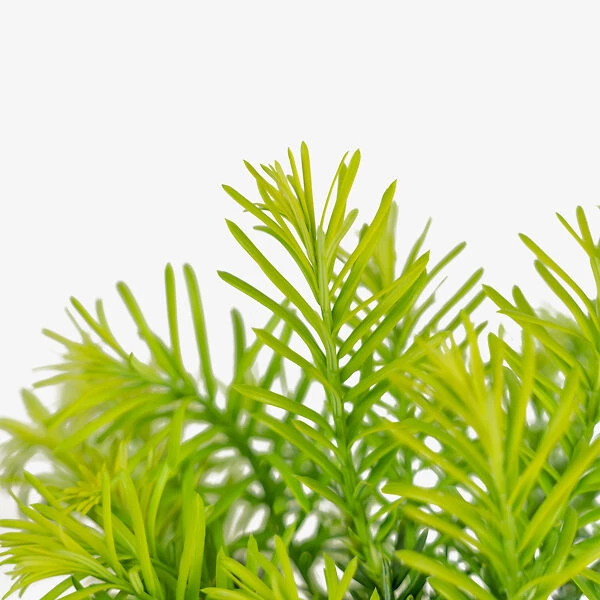

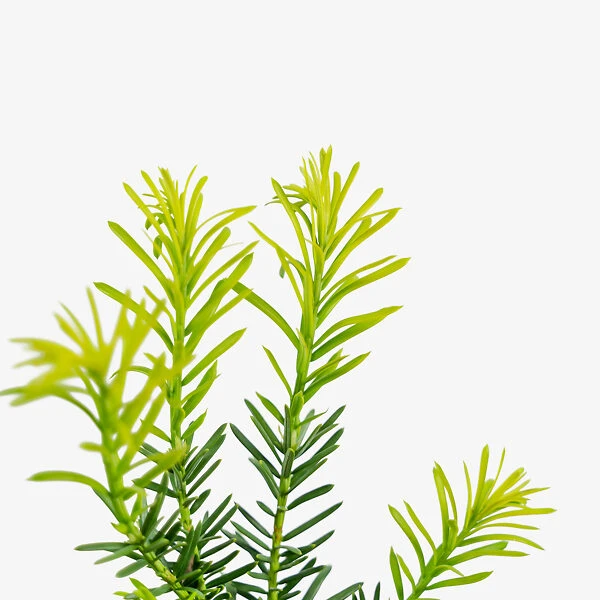


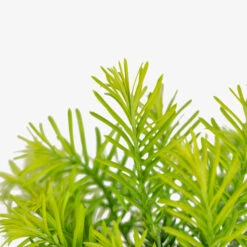


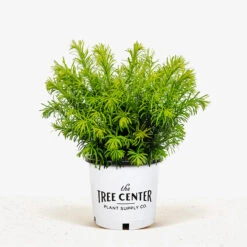

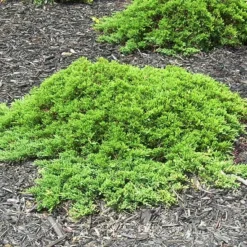
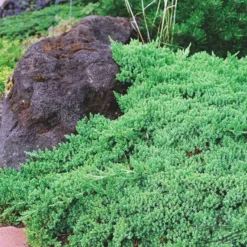



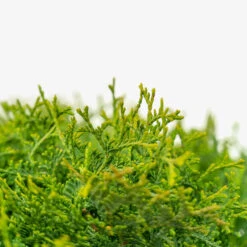
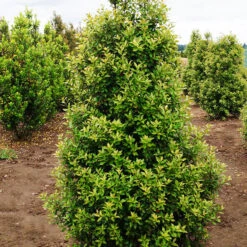

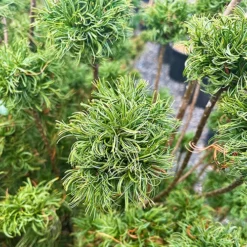
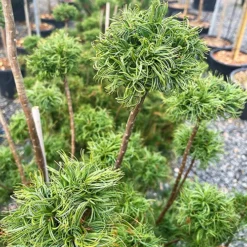
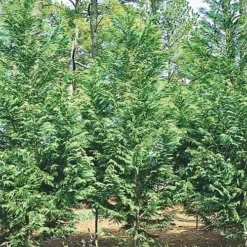

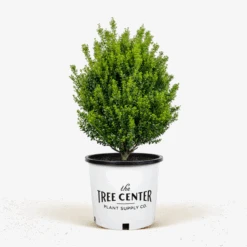



Reviews
There are no reviews yet.